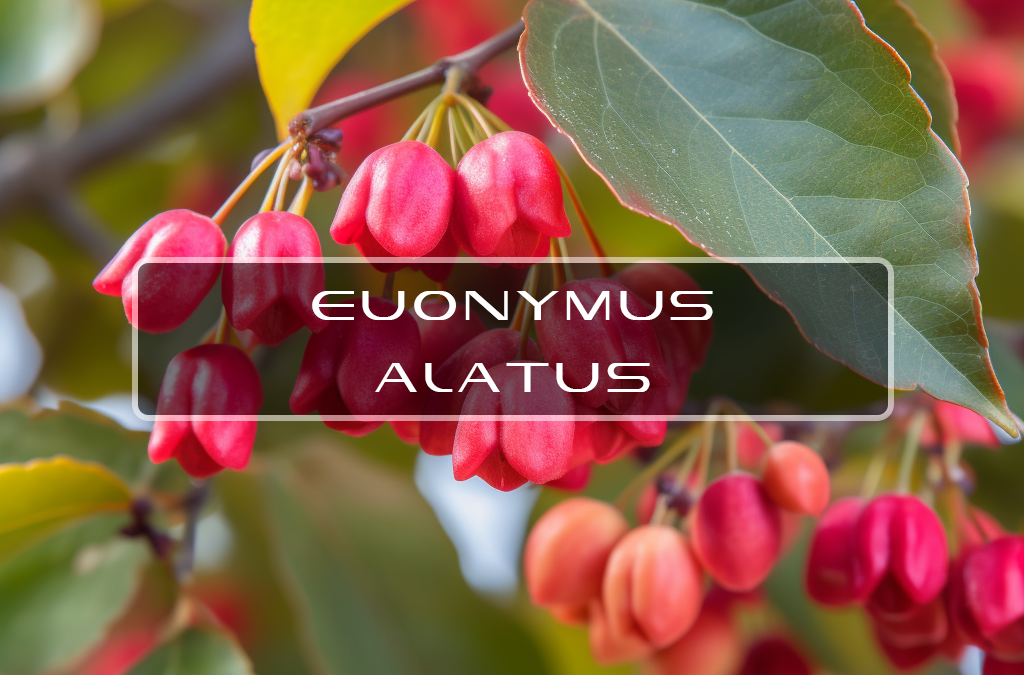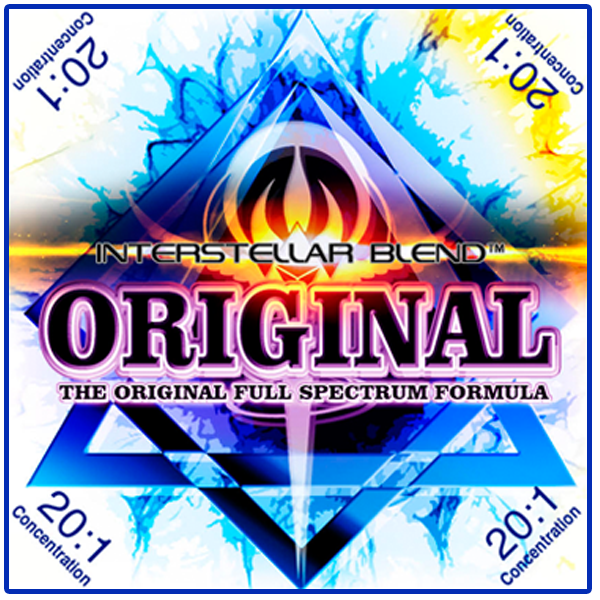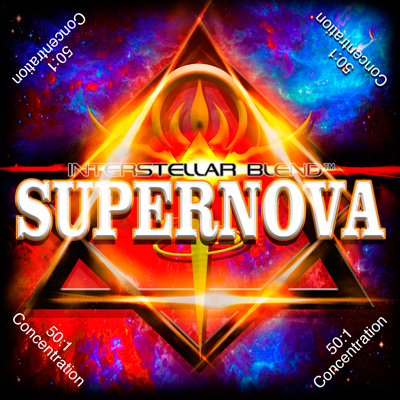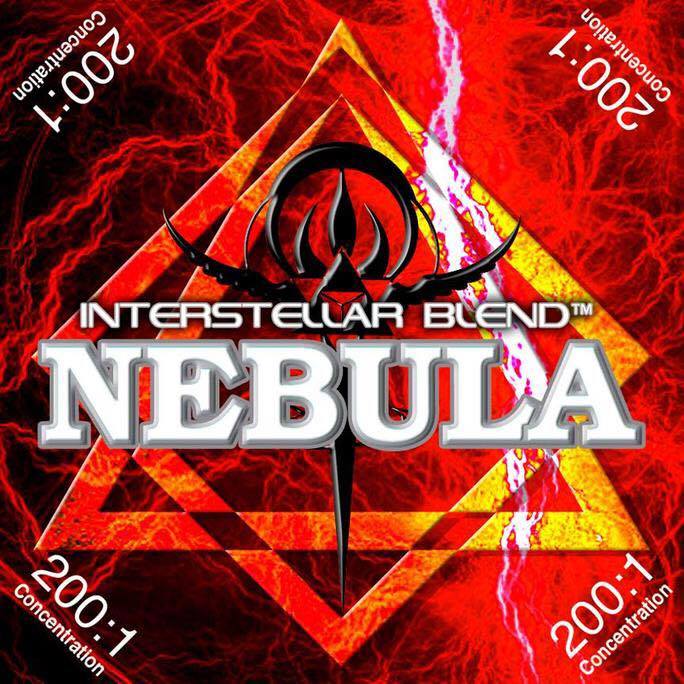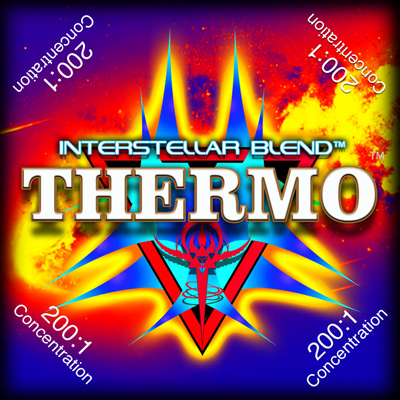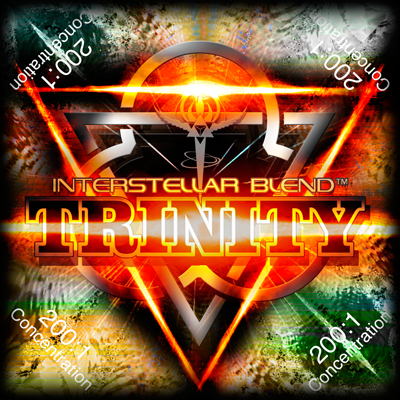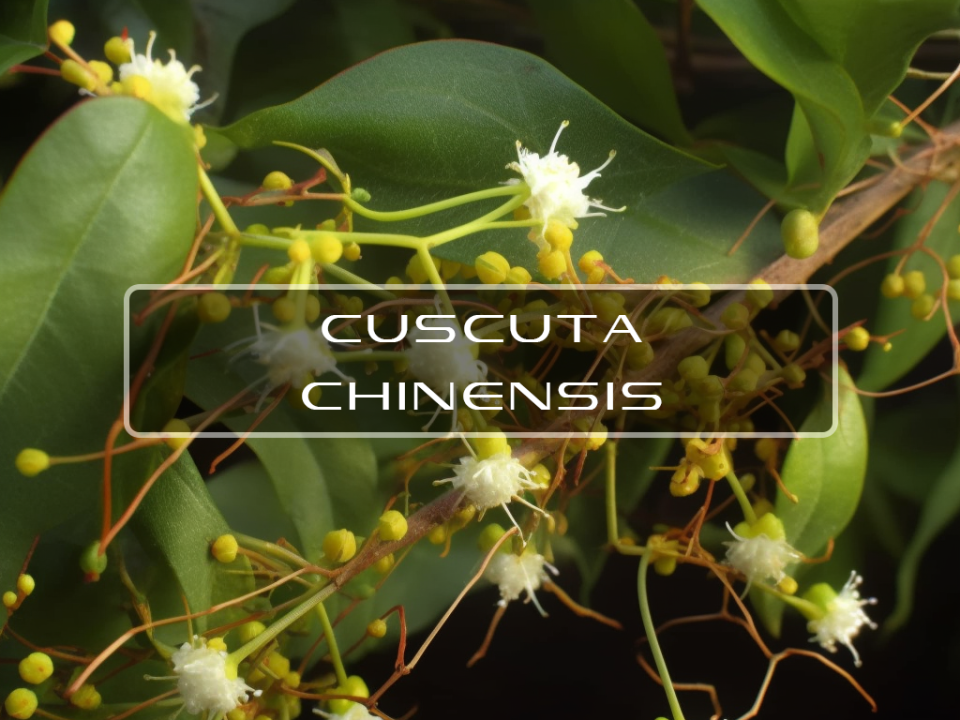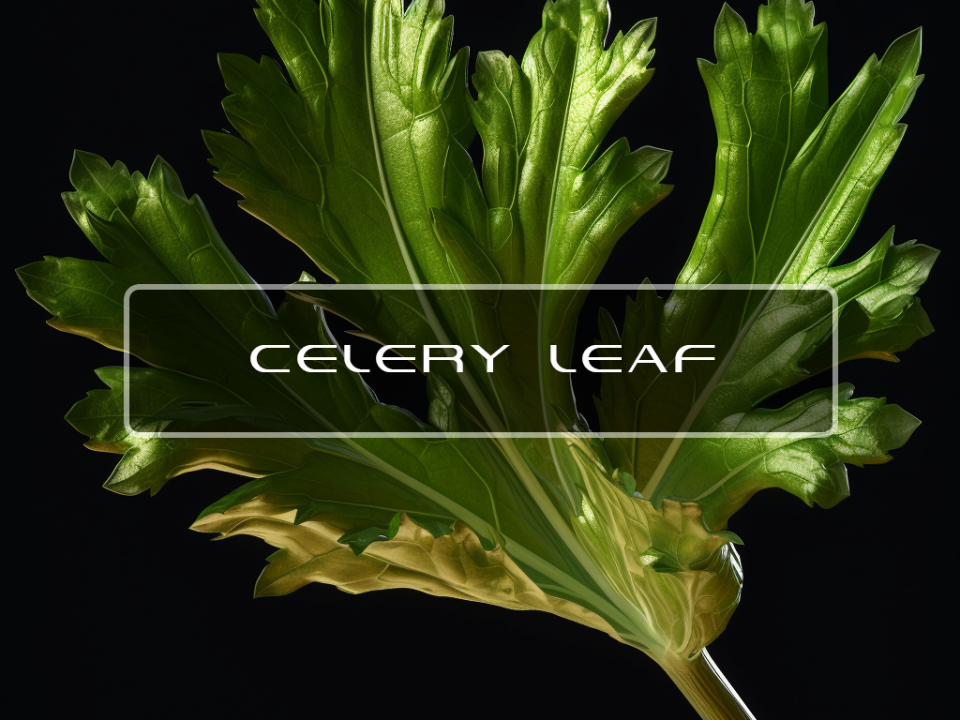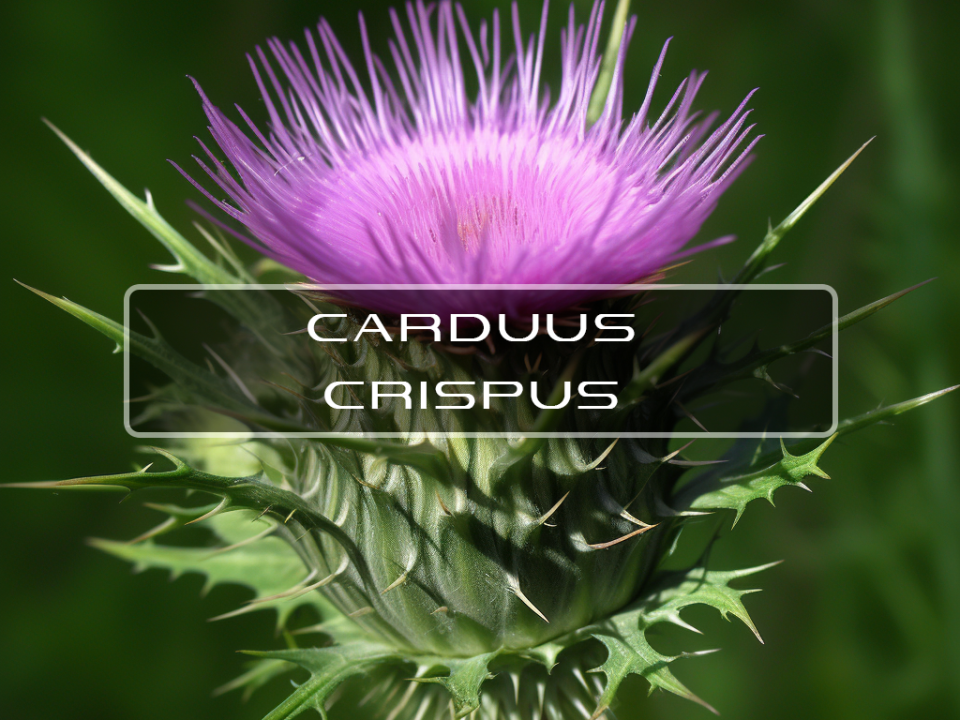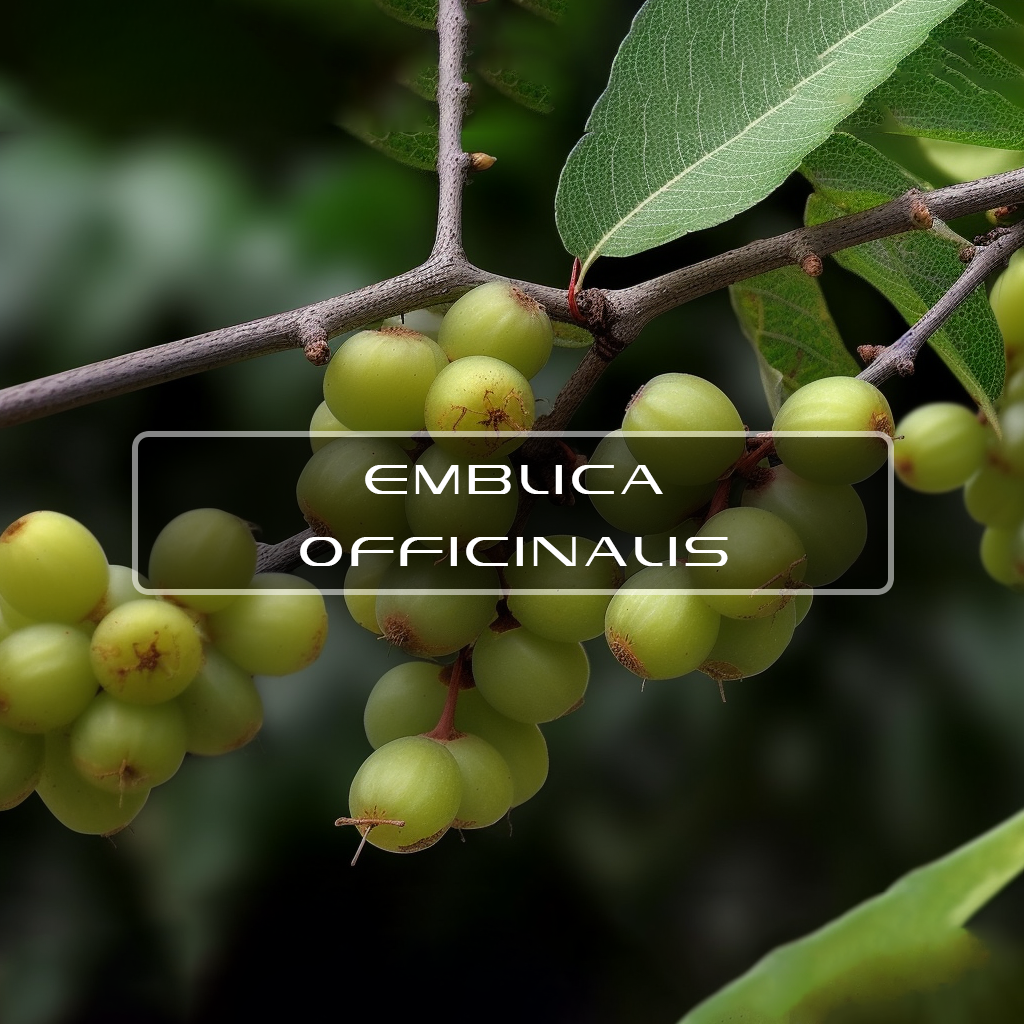
Emblica Officinalis
September 10, 2018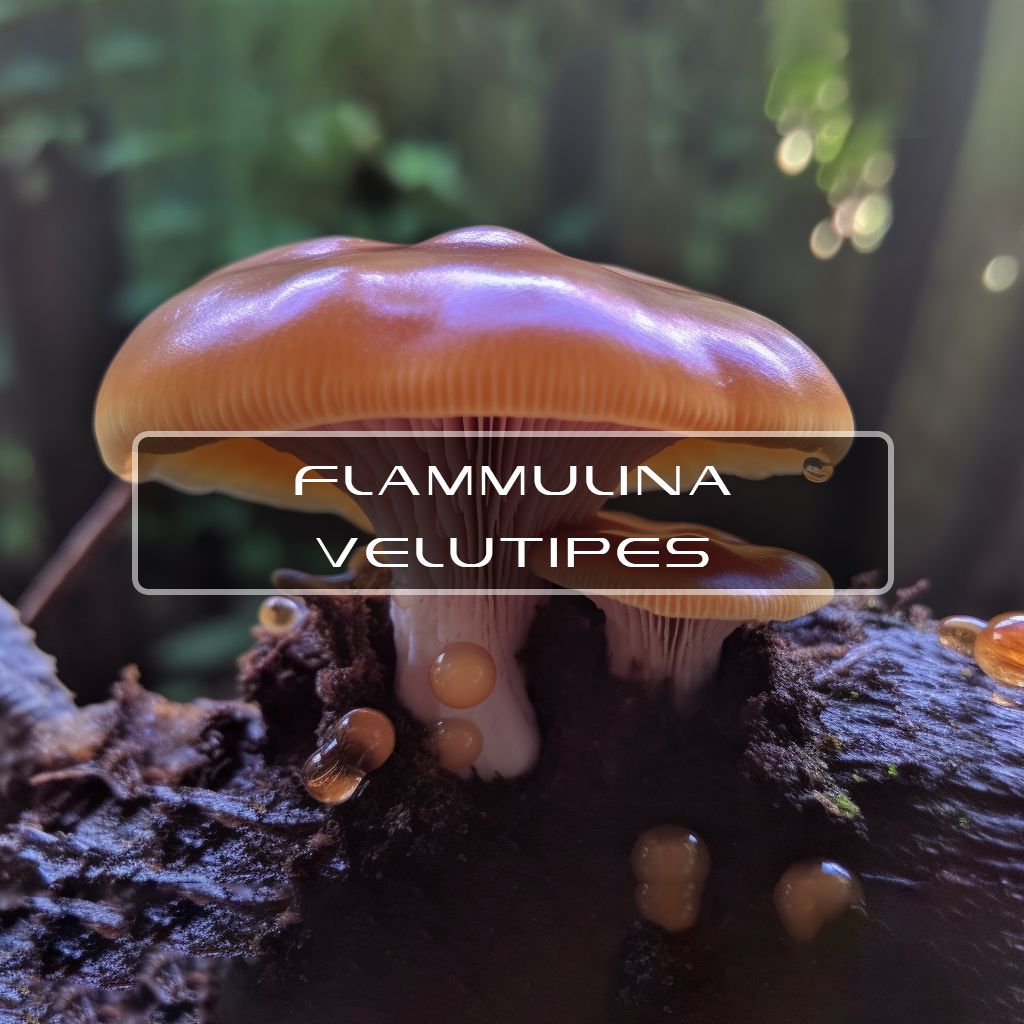
Flammulina Velutipes
September 10, 2018Euonymus Alatus
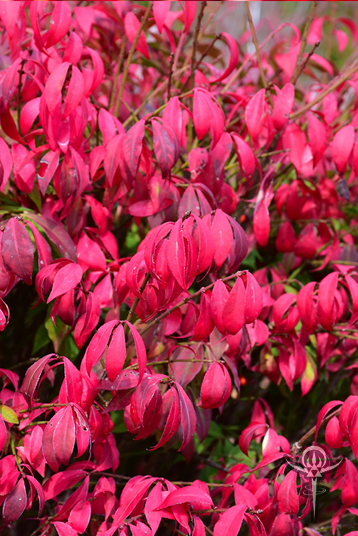
This shrub can grow to be 6 to 9feet and grows from July to August while the seeds tend to ripen in October. Another common name for this shrub is the Burning Bush, it has been said to be used as a calming effect on our digestive tracks and can be utilized as a topical treatment for many skin conditions.

Benefits of Euonymus Alatus
The purpose of this study was to investigate the preventive effect of 50% ethanol extract of EA in high-fat diet-induced hyperglycemic and hyperlipidemic ICR mice.
The combined effect of EA to reduce plasma glucose and lipid levels, and reduce the deposition of triglyceride in the liver are indicative of a marked improvement in obesity-related diabetes and non-alcoholic fatty liver disease.
Cytotoxic Effect - Various extracts prepared from stems of Euonymus alatus were tested for cytotoxic activity on human hepatocellular carcinoma cell line, Hep3B cells using the XTT assay method.
The butanol fraction showed stronger inhibitory effect of proteolytic activity than other fractions. Also, the butanol fraction was able to decrease the proteolytic activity of MMP-9 in a concentration-dependent manner on zymography. These results suggest that the butanol fraction from E. alatus has highly inhibitory effect on MMP-9 in comparatively low cytotoxicity.
Apoptosis - Euonymus alatus (Thunb.) Sieb (EA) is a traditional Korean herbal medicine, commonly used to treat tumors in Korea and China for centuries. Our earlier studies have indicated that EA exhibits antitumor properties, but its mechanism remains to be elucidated. In this study, we evaluated the molecular mechanism of EA in a human uterine leiomyomal smooth muscle cell (ULSMC) line.
These results indicate that EA acts as a prooxidant and induces caspase‐3 activation and apoptosis via mitochondrial pathway.
Anti-Cancer - The present study investigates the in vitro anticancer effects of EE hydro-alcoholic extract prepared from fresh fruits. Qualitative and quantitative analysis of the EE extract content where made by high-performance liquid chromatography coupled with mass spectrometry (HPLC-MS).
The isolated compounds significantly inhibited NO production induced by LPS in BV2 microglia cells.
Diabetes - Euonymus alatus as a folk medicine in China has been clinically used to treat type 2 diabetes for many years, and also exerts beneficial effects on hyperglycemia of diabetic animals.
In the present study, we investigated the possible mechanism of antidiabetic activity of these compounds.
These observations suggest that kaempferol and quercetin potentially act at multiple targets to ameliorate hyperglycemia, including by acting as partial agonists of PPARγ.
Our results show that ethyl acetate fraction (EtOAc Fr.) displayed significant effects on reducing plasma glucose.
All these experimental results suggest that EtOAc Fr. is an active fraction of E. alatus and can prevent the progress of diabetes. The mechanism of E. alatus for glucose control may be by stimulating insulin release, improving glucose uptake and improving oxidative-stress.
The purpose of this study was to test the inhibitory activity of methanol extract of Euonymus alatus on α-glucosidase in vitro and in vivo to evaluate its possible use as an anti-diabetic agent.
E. alatus showed strong inhibitory activity against α-glucosidase in vitro and in vivo. Thus, chronic consumption of E. alatus could be helpful in improving hyperglycemia and preventing diabetic complications. Further study to identify the active component responsible for the inhibition of α-glucosidase is strongly recommended.
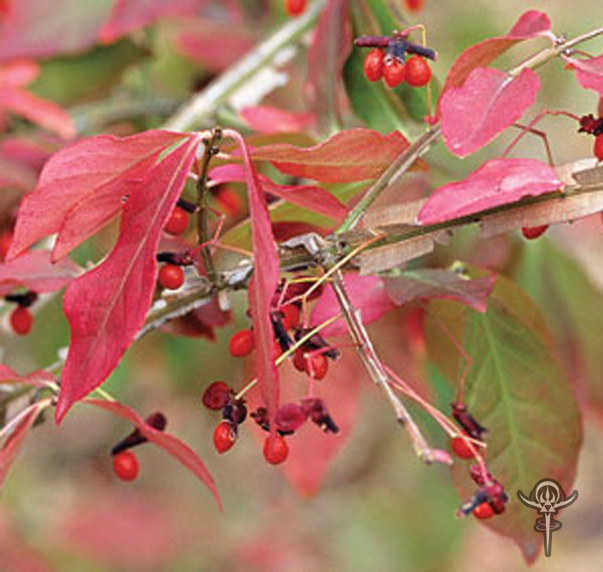
Related Products

